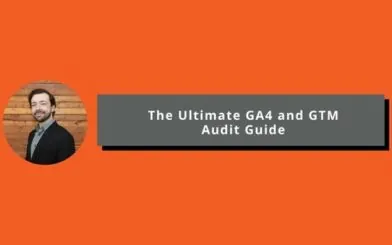What are meta page descriptions?
Meta page descriptions, also referred to as meta description attributes, are the commonly found snippets of text under your page title (headline) found in the search engine results page (SERP). Typically, we SEOs like to see these between 150 and 160 characters in length and unique for each page of a website. The description provides an opportunity for you to have some influence over explaining to a search engine, and user, what a particular page is about.
We know what you’re thinking: Meta page descriptions are so 2005. But before you jump to conclusions, let’s debunk a couple SEO myths and help you understand the power of meta page descriptions in 2016.
Myth: Stuffing a bunch of keywords in your pages’ meta descriptions will make them more relevant for search and increase the likelihood the page will rank higher.
While that might have worked back in the early 2000s, it certainly isn’t going to gain you much traction in the search engine results page (SERP) today. If anything, it comes off as a spammy tactic that could get you penalized, doing far worse for your site than good.
If meta page descriptions are no longer a ranking factor, then why even use them? Let’s just stop thinking about SEO for a moment and think about click-throughs and user interaction. You know… people, psychology, need, and user experience. That’s right: Stop thinking about SEO for the remainder of this post, and think more about user influence.
Search engines are known to highlight select key phrases that match up with what the user is searching for. Logic tells us that making sure our target key phrase gets worked into the meta page description is helpful in attracting the user’s attention.
What makes meta descriptions clickable?
Consider the way a description is written, as shown in the example below comparing results for the query “keyword research tools” in Google.

The approach by Yoast isn’t one of any high-caliber strategy. While longer isn’t always better, the description is only 127 characters without much call to action, leaving much on the table for the user. Granted, this is for a blog post, vs. a product/service page, but why not maximize the value?

Compare this to the approach by Keywordtool.io, which takes on more of what we consider a “sound method” of providing as much information as possible for search and the user, while having maximum impact for click-throughs. Keywordtool.io uses a 145 character description telling the user exactly what it is, and why they should be interested in it.

So, how can you improve your meta page description to increase click-throughs?
Optimizing for clicks
Taking cues from what Keyword.io has done, let’s rewrite Yoast’s description for their post in a fashion that we think will help improve the click-through rate.
Current Form:

Our Recommendation:

Leaving the page title attribute alone, we dive into rewriting the description. It’s clear that Yoast is targeting the theme of “keyword research,” including “keyword research tools,” so we’ll keep that in mind.
Doing some brief research, we can easily understand what grinds at most individuals trying to do their own SEO work: Keyword research and selection. Not to mention there are countless tools out there available in various flavors. Why not get right to the core of what this post is about and highlight some key elements?
We lead with a question – while not always relevant, we’re taking cues from the PPC world and going after emotion. Enter the call to action: “Explore.” Sure, we could have used “learn,” or “find out,” but why waste real estate?
In the end, we’re left with a page description that has been tightened up into a concise format that encourages the searcher to click. Get away from the old school tactics of jamming a bunch of keywords in your page description; it’s not going to work. Instead, focus on a single key phrase or theme that is wrapped in well-written text that demands attention – and action.




